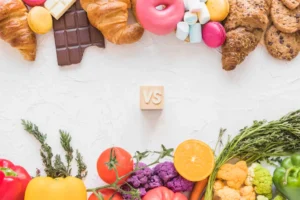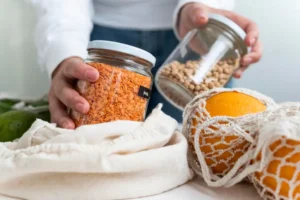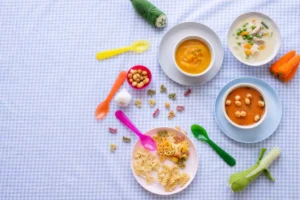The Parenting Blog
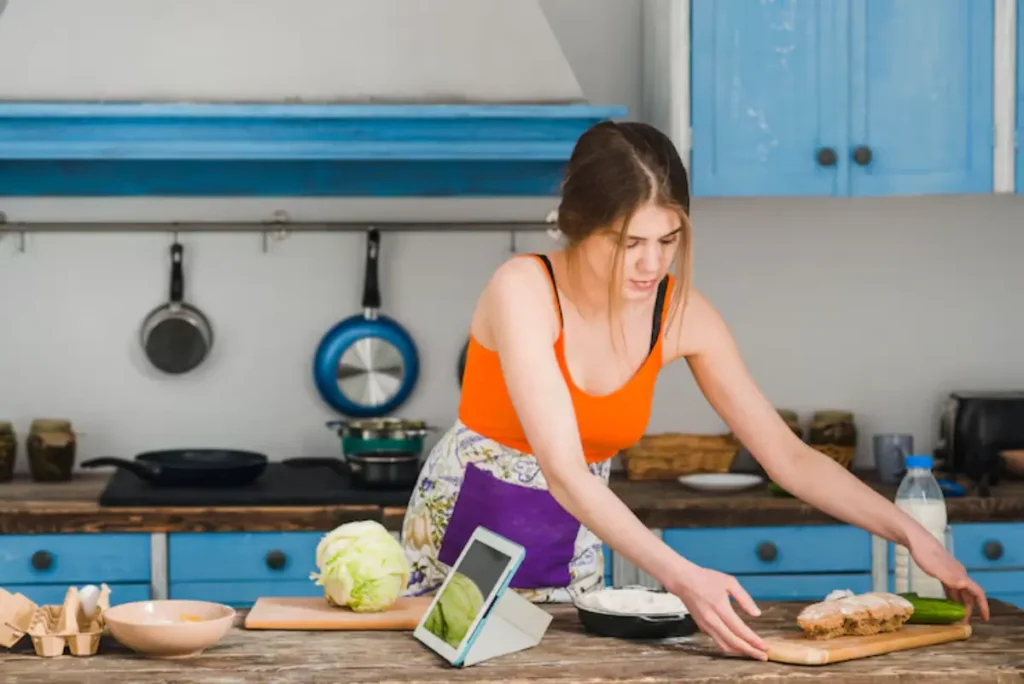
How to Organise Your Kitchen for Efficient Meal Prep
A cluttered kitchen can make even the simplest recipe feel overwhelming. The good news? With thoughtful organisation, your kitchen can become your most helpful partner.
This guide shares practical tips for designing the perfect meal prep kitchen setup, shows you how to organise for cooking, and boosts kitchen efficiency so meal prep feels less like a chore and more like a breeze.
Pro Tip: You don’t need a big kitchen to be efficient. A well-planned small space works just as well.
Quick Guide: Why Kitchen Organisation Matters
- Saves time looking for tools and ingredients
- Reduces stress and improves workflow
- Encourages healthier, home-cooked meals
- Minimises food waste and duplicate purchases
- Creates a cleaner, more enjoyable cooking space
Important: Think of your kitchen as a functional workspace. Set it up to suit your cooking style.
Step-by-Step: How to Organise Your Kitchen for Meal Prep Success
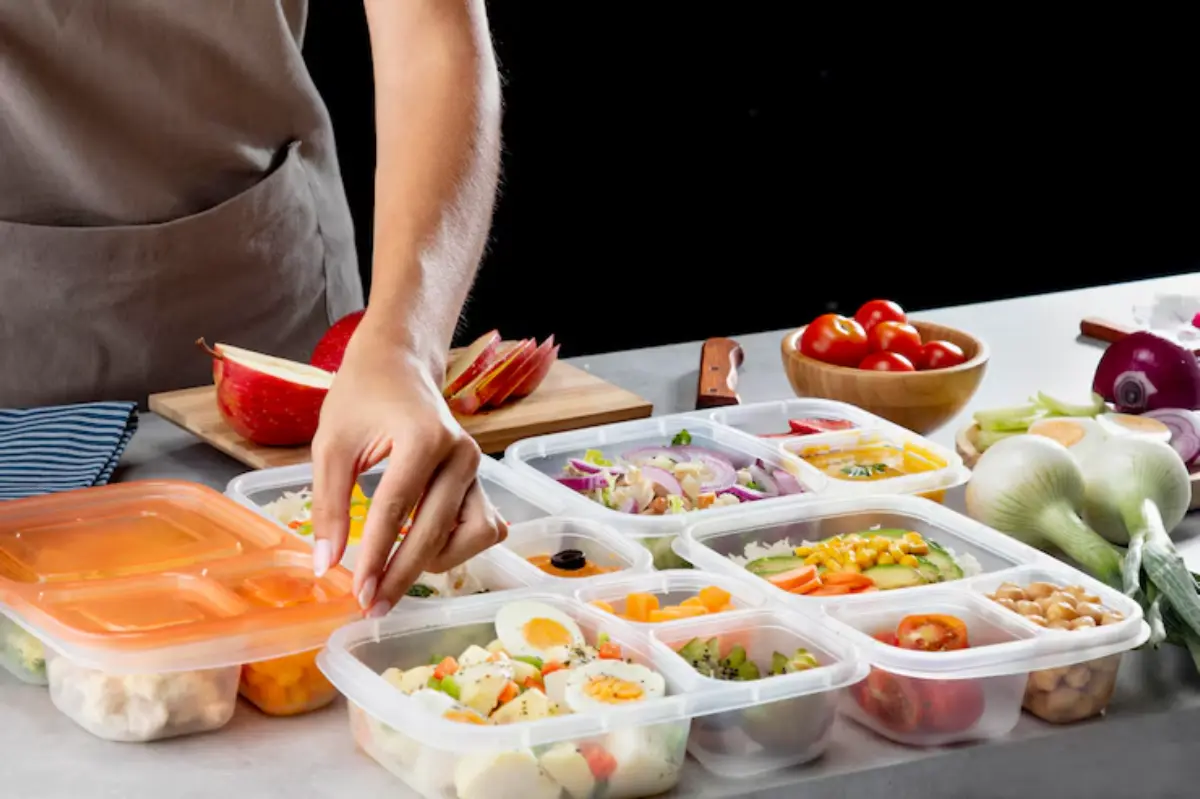
Step 1: Declutter Your Space
Start by removing what you don’t need.
- Donate or recycle unused gadgets
- Throw away expired pantry items
- Store seasonal or rarely used items elsewhere
Quick Tip: A clutter-free space helps you see what you have, making meal planning easier.
Step 2: Zone Your Kitchen
Create dedicated areas for each stage of cooking.
| Zone | Purpose |
| Prep zone | Chopping, mixing, assembling |
| Cooking zone | Oven, hob, microwave |
| Storage zone | Pantry, fridge, freezer |
| Cleaning zone | Sink, dishwasher, drying rack |
Pro Tip: Keep your most-used tools in the prep zone for easy access.
Step 3: Keep Essentials Within Reach
Store items close to where they are used.
Examples:
- Spatulas and ladles near the hob
- Cutting boards next to knives
- Mixing bowls within arm’s reach of the prep area
- Oils, spices, and seasonings near the stove
Quick Tip: Store everyday tools vertically in a countertop container for easy grabbing.
Step 4: Maximise Pantry and Cupboard Space
Organised storage saves time and prevents food waste.
Ideas:
- Use clear, labelled containers for grains, flours, and snacks
- Group similar items (baking supplies, canned goods, breakfast foods)
- Install shelf risers or lazy Susans for hard-to-reach spaces
Sustainability Note: Buy in bulk to reduce packaging waste and refill reusable containers.
Step 5: Organise Your Fridge and Freezer
A tidy fridge prevents forgotten ingredients and spoiled food.
| Tip | Why It Works |
| Group items by type | Easier to find what you need |
| Label leftovers with dates | Avoids mystery containers |
| Store frequently used items at eye level | Encourages healthy choices |
| Use clear bins or baskets | Prevents items from getting lost at the back |
Quick Tip: Wipe fridge shelves weekly to keep your space fresh.
Step 6: Streamline Your Meal Prep Tools
You don’t need every kitchen gadget.
Recommended essentials:
- Sharp chef’s knife
- Cutting board
- Measuring cups and spoons
- Mixing bowls
- Food storage containers
- Blender or food processor (optional, but handy)
Pro Tip: Keep duplicates to a minimum. One quality version of each tool is better than several poor-quality ones.
Step 7: Plan Your Meal Prep Workflow
Think about the order you work in when cooking.
Typical meal prep flow:
- Wash and chop vegetables
- Cook proteins and grains
- Portion meals into containers
- Store in fridge or freezer
Quick Tip: Lay out everything you’ll need before you begin. This “mise en place” method saves time and prevents backtracking.
Meal Prep Kitchen Setup Checklist
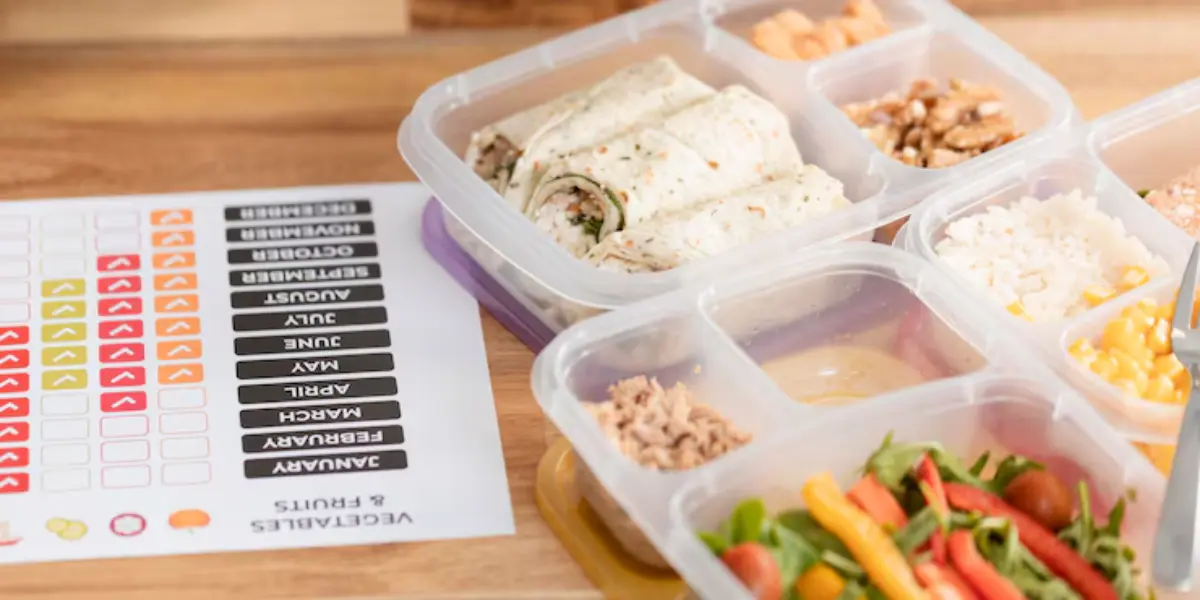
| Item | Purpose |
| Cutting board + knife | Essential for chopping |
| Food storage containers | Store meals and leftovers |
| Measuring tools | Accuracy for recipes |
| Mixing bowls | Prep large batches |
| Labelling supplies | Track dates and meals |
| Slow cooker or pressure cooker (optional) | Saves time on large batches |
Pro Tip: Keep an “essentials drawer” stocked with scissors, can openers, bag clips, and small tools.
Common Mistakes to Avoid
| Mistake | Solution |
| Keeping too many unused gadgets | Donate or store items you don’t use weekly |
| Not grouping items by task | Arrange tools near where they’re needed |
| Letting pantry items expire | Rotate older items to the front |
| Overloading drawers and cupboards | Leave space for easy access |
| Ignoring your fridge | Clean and organise weekly to avoid waste |
Frequently Asked Questions
How do I keep my kitchen organised long term?
Do a quick “5-minute tidy” each evening after dinner.
Do I need fancy storage containers?
Not at all. Glass jars, reused takeaway tubs, and labelled bags work well.
What is the best way to organise spices?
Use a spice rack, drawer insert, or magnetic board to keep spices visible and within reach.
Can a small kitchen work for meal prep?
Absolutely. Use wall space, stackable containers, and multi-purpose tools.
How do I avoid getting overwhelmed?
Start with one area at a time. Once it feels manageable, move to the next.
Create a Kitchen That Works for You
A well-organised kitchen turns meal prep from a hassle into a joy. By following these tips for meal prep kitchen setup, learning to organise for cooking, and adopting small habits to improve kitchen efficiency, you’ll create a space that supports your healthy lifestyle and saves you valuable time.
Start small. Stay consistent. Enjoy smoother, simpler cooking every day.



